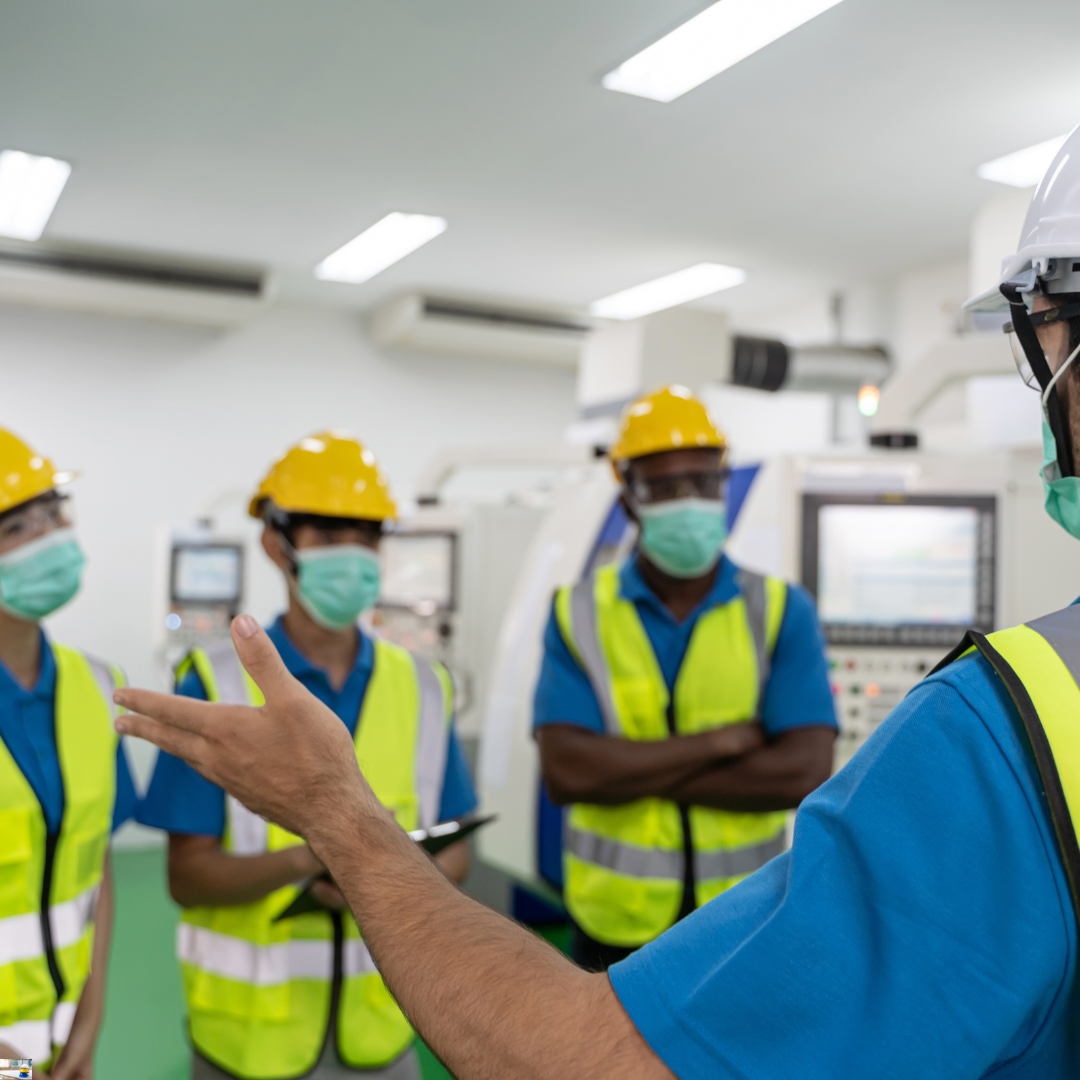Prioritising health and safety in construction isn’t simply a legal requirement; it’s also a moral obligation. As a leading health and safety consultancy firm, here at C & C Consulting we have a deep understanding of the critical role effective health and safety plays in the construction industry.
In this article, we look closer at health and safety in construction, exploring legislation, regulations, policies and strategies for managing health and safety on a construction site, and how they mitigate risks, safeguard workers, and help to ensure projects are successfully completed.
Health & Safety Legislation for Construction
In the UK, the construction industry operates under stringent health and safety legislation, including The Health & Safety At Work Act 1974, an act designed to protect workers from hazards, and to promote a safe working environment.
Businesses that fail to adhere to the Health and Safety at Work Act 1974, may face legal consequences, including fines, prosecution, and potential imprisonment for company directors or managers found responsible for breaches.
Health & Safety Regulations for Construction
As well as The Health & Safety At Work Act 1974, workers in construction are also protected by the Construction (Design and Management) Regulations 2015 (CDM Regulations) which outline duties and responsibilities for managing health and safety throughout the construction process.
Under CDM Regulations, different aspects of health and safety are covered, such as risk assessment, cooperation and coordination among duty holders, and ensuring welfare facilities for workers.
Compliance with CDM regulations is essential as it helps to significantly minimize the risk of accidents and injuries, and other occupational health risks associated with working in the construction industry.
Health and Safety Policy for Construction
A robust health and safety policy is fundamental for any construction company committed to ensuring the well-being of its workers. This policy should outline aspects including:
- Commitment to Health and Safety
A statement demonstrating the company’s commitment to prioritizing health and safety in all aspects of its operations.
- Responsibilities
Clear identification of roles and responsibilities for health and safety, including duties of management, supervisors and workers.
- Risk Assessment
Procedures for identifying, assessing, and managing risks associated with construction activities, including hazard identification and risk mitigation measures.
- Training and Competence
Plans for providing adequate training, instruction, and supervision to employees to ensure they have the necessary skills and knowledge to work safely.
- Safe Work Practices
Guidelines and procedures for implementing safe work practices and procedures on construction sites, including the use of personal protective equipment (PPE) and adherence to safe working methods.
- Emergency Procedures
Protocols for responding to emergencies, including evacuation procedures, first aid provision, and reporting of accidents and incidents.
- Health and Welfare
Measures to promote the health and welfare of workers, including provisions for welfare facilities, access to drinking water, and management of occupational health risks.
- Consultation and Communication
Mechanisms for consulting with workers and involving them in health and safety matters, as well as channels for effective communication of health and safety information.
- Monitoring and Review
Processes for monitoring and reviewing health and safety performance, conducting regular inspections, and implementing corrective actions to address any deficiencies or hazards identified.
- Compliance with Legislation and Regulations
Assurance of compliance with relevant health and safety legislation, regulations, and industry standards applicable to the construction industry.
Managing Construction for Health and Safety
Effective management of construction projects requires integrating health and safety considerations into every phase of the project lifecycle. This includes:
- Conducting thorough risk assessments.
- Providing adequate training and supervision for workers.
- Implementing control measures to mitigate hazards.
- Regularly monitoring and reviewing safety performance.
Health and Safety Plan for Construction
A comprehensive health and safety plan is essential for identifying hazards, assessing risks, and implementing control measures to ensure a safe working environment on construction sites.
This plan should be tailored to the specific requirements of each construction project and regularly updated to address emerging risks and changing circumstances.
Conclusion
Health and safety in construction are non-negotiable priorities that require proactive management, adherence to legislation and regulations, and a commitment to creating a culture of safety.
As a trusted health and safety consultancy firm, C & C Consulting works with construction companies to develop tailored solutions that promote safe working practices, protect lives, and drive success in the construction industry.











